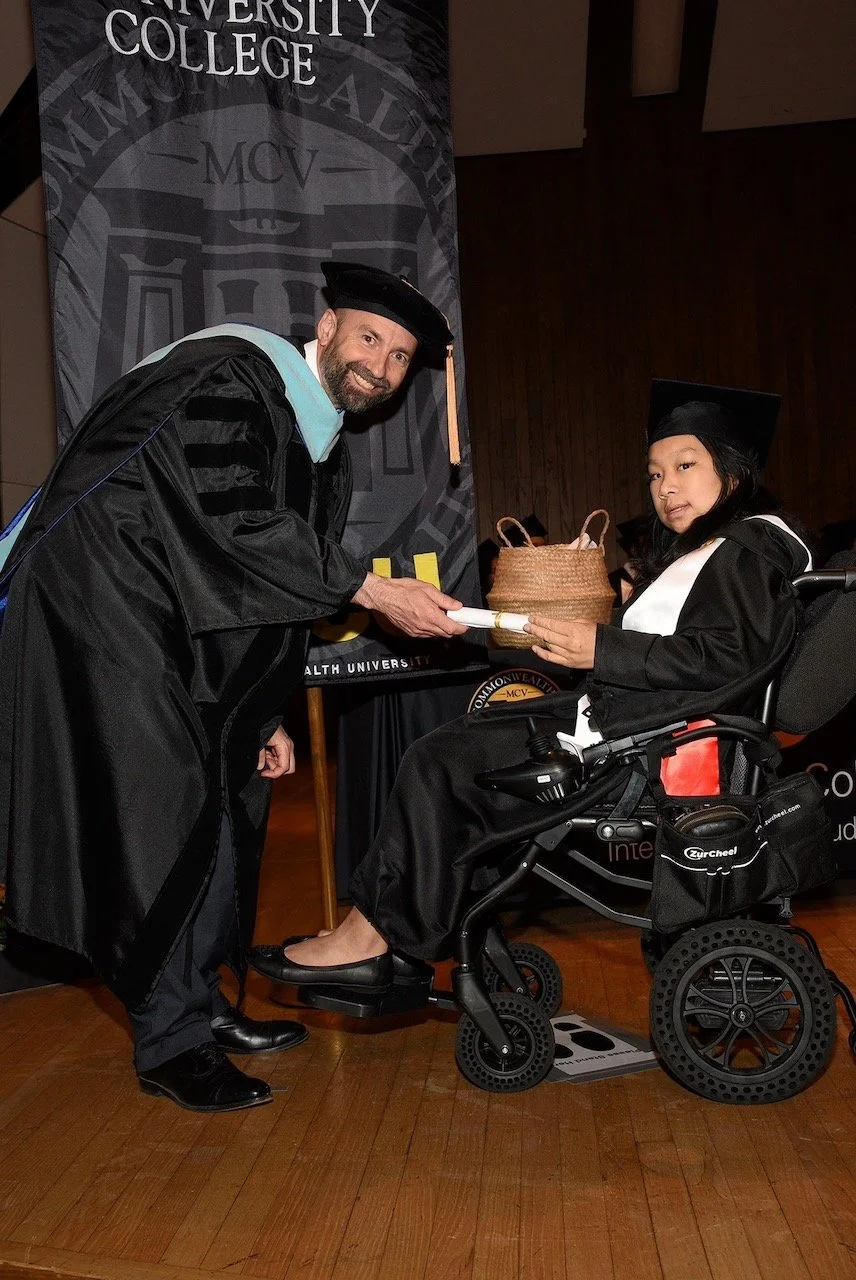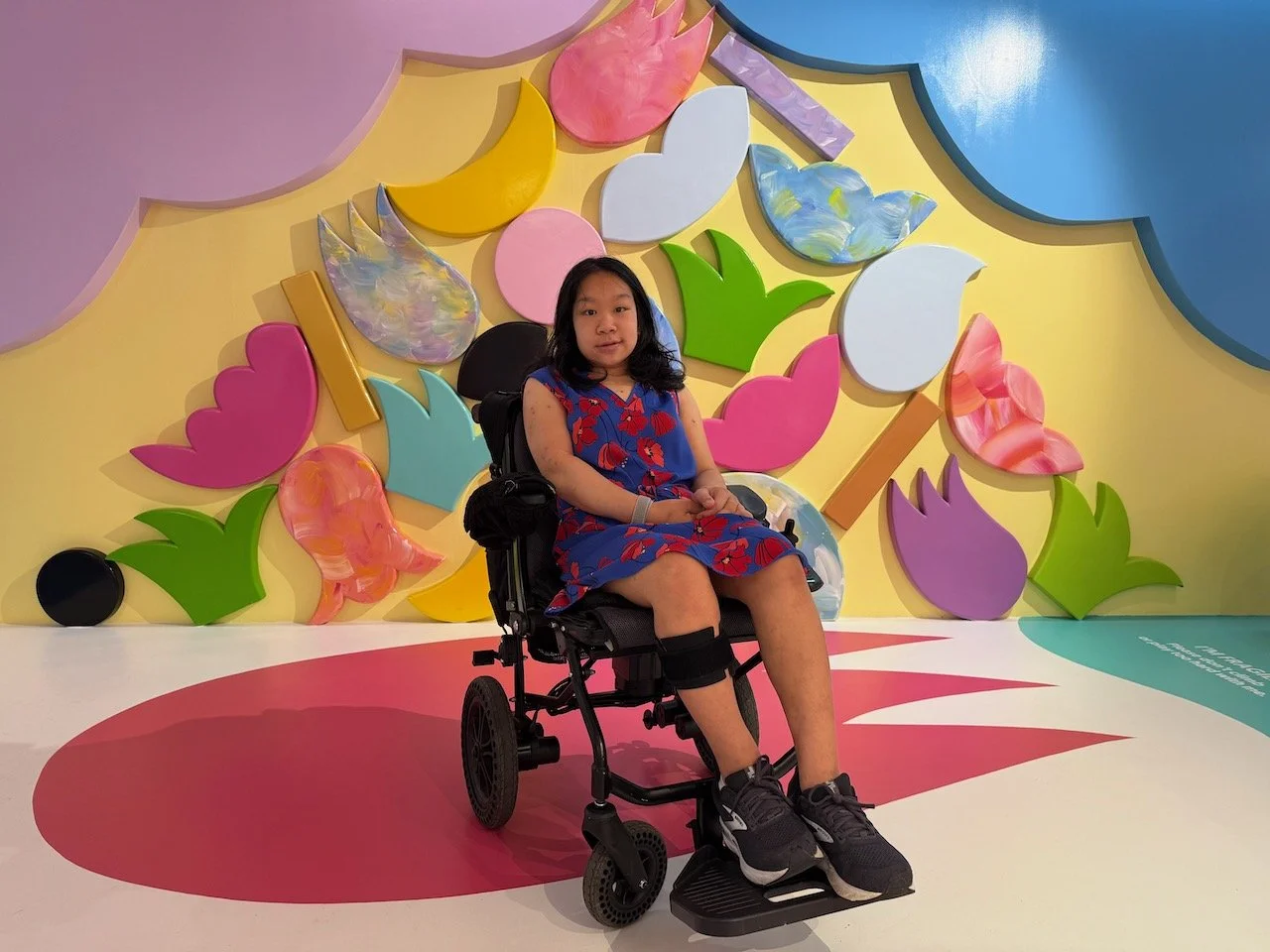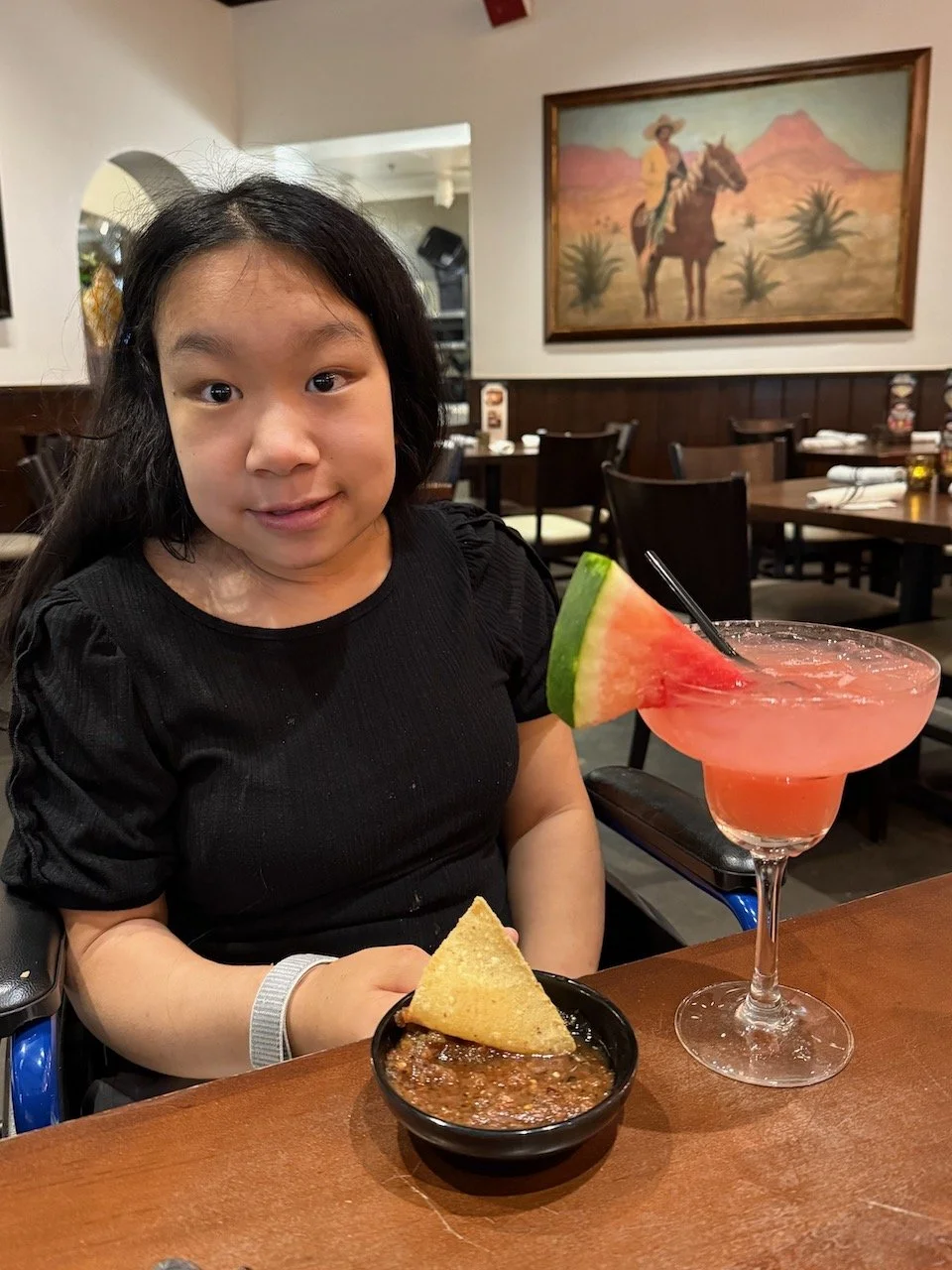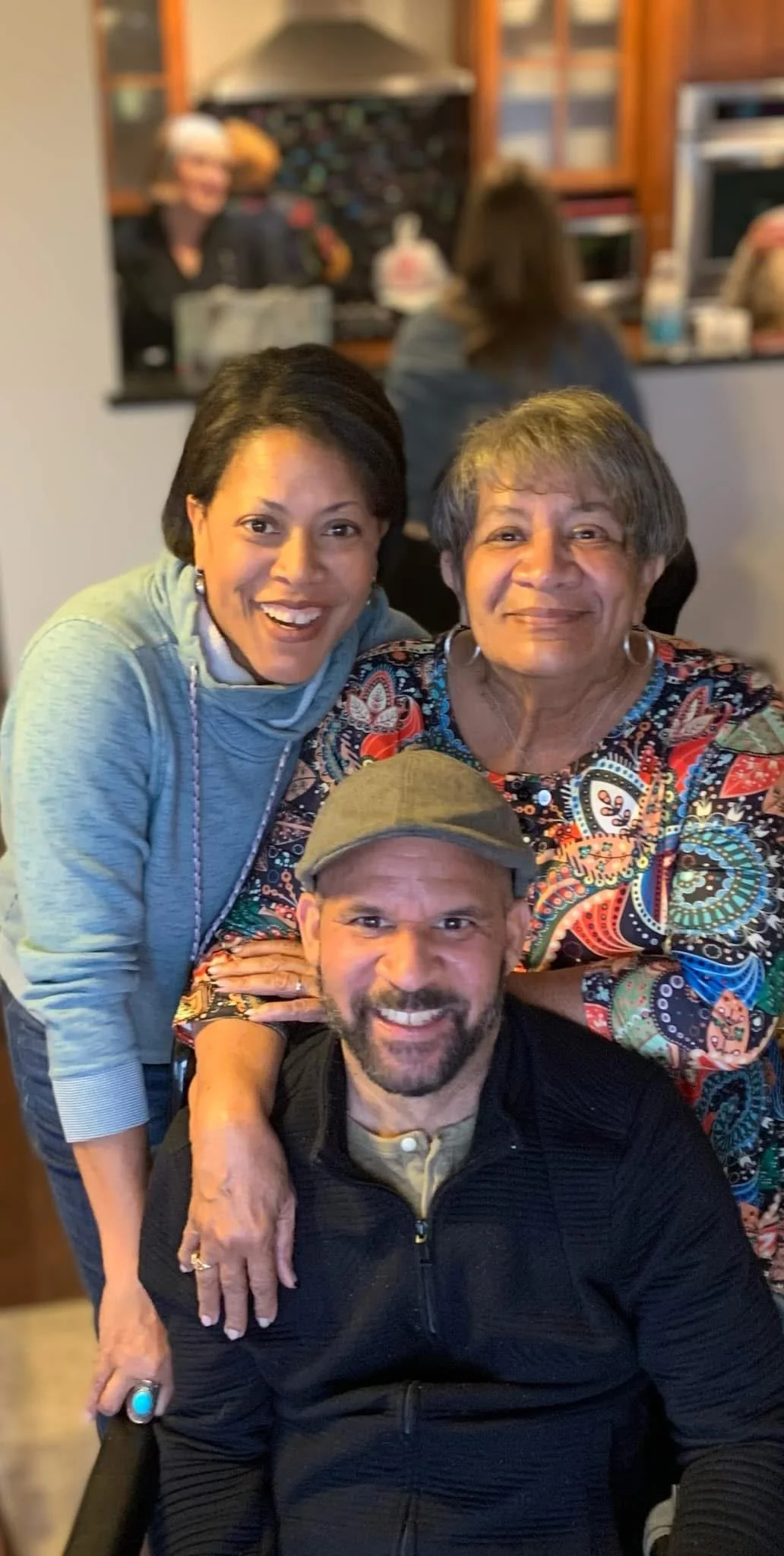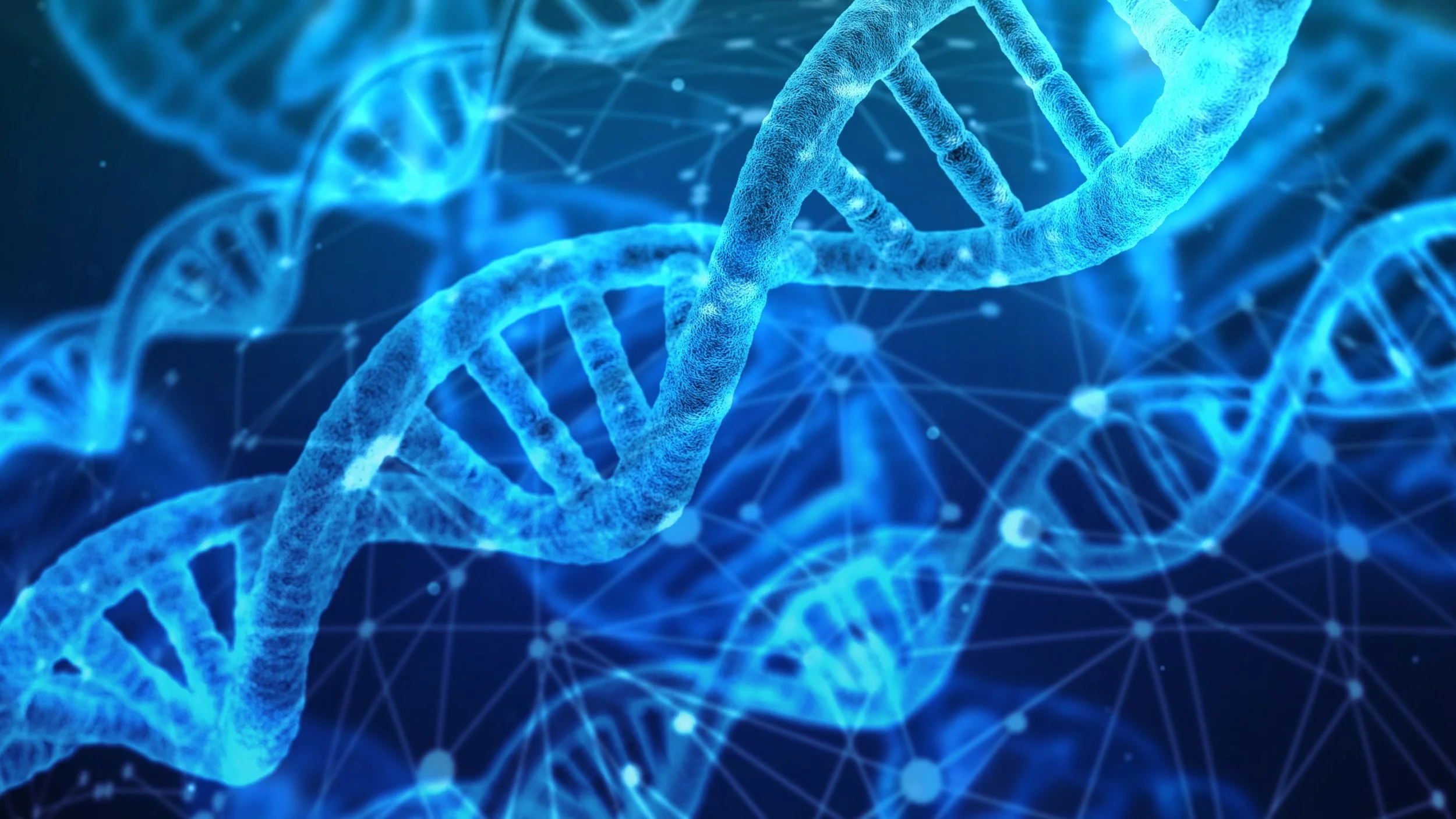
BANDDOS - Brain Abnormalities, Neurodegeneration, and Dysosteosclerosis
Overview.
Brain abnormalities, neurodegeneration and dysosteosclerosis (BANDDOS) is a rare, progressive neurological disease that affects the brain’s white matter. White matter contains nerve cells and their fibers, which are protected by a myelin sheath and supported by glial cells.
BANDDOS is an autosomal recessive disorder marked by brain abnormalities, progressive neurological decline, and sclerotic bone changes similar to dysosteosclerosis (DOS). The age of onset varies widely: some individuals show symptoms in infancy, including hydrocephalus, global developmental delays, and low muscle tone, while others may not develop symptoms until their late teens or early twenties after normal early development.
Neurological features can include loss of previously acquired motor and language skills, cognitive impairment, spasticity, and focal seizures. Brain imaging often reveals periventricular white matter abnormalities, calcifications, an enlarged cisterna magna or Dandy-Walker malformation, and occasionally absence of the corpus callosum.
Causes.
BANDDOS is caused by homozygous mutations in the CSF1R gene. This gene provides instructions for making the CSF-1 receptor protein, which plays an important role in cell growth, division, and development.
The CSF1R gene mutations in BANDDOS disrupt the tyrosine kinase domain, essential for cell signaling. This disruption can result in severe brain abnormalities, developmental delays, and skeletal deformities.
Inheritance.
BANDDOS is an autosomal-recessive condition, meaning both parents must carry the genetic mutation for their child to be affected.
Symptoms.
BANDDOS usually presents in the perinatal period or infancy and has a devastating course with congenital brain abnormalities, developmental delay, neurological deficits, osteopetrosis, and dysmorphic features. However, symptoms can also present in childhood or early adulthood after a period of normal development.
-

Neurological
DEVELOPMENTAL DELAYS
REGRESSION OF SKILLS
FOCAL SEIZURES
LOSS OF SPEECH
POOR VISION/BLINDNESS
-

Movement
RIGIDITY
SPASTICITY
LOSS OF MOTOR SKILLS
LOSS OF ABILITY TO WALK
-

Skeletal
BONE HARDENING (SCLEROSIS)
FLATTENED VERTEBRAE
ABNORMAL DENTITION
DYSMORPHIC FACIAL FEATURES
LONG BONE DEFORMITIES
-

Brain
CALCIFICATIONS
STRUCTURAL MALFORMATIONS
WHITE MATTER ABNORMALITIES
Diagnosis & Treatment.
The definitive diagnosis of BANDDOS is confirmed through genetic testing showing two copies of pathogenic CSF1R variants have been inherited.
BANDDOS and CSF1R-ALSP share many clinical, radiological, and neuropathological features. Because they exist on the same disease continuum, treatments used for CSF1R-ALSP may also have potential applications in treating BANDDOS.
Currently there are no FDA-approved treatments for BANDDOS, but there are options to help manage and relieve symptoms. Your healthcare team will partner with you to find the right combination of medications and therapies for your individual needs.

Current Research
Recently Diagnosed?
Navigating a new diagnosis isn’t easy. While it comes with unique challenges, we’re here to remind you that you’re not facing them alone.

